5 Reasons Universities Should Invest in Professional Cleaning
When it comes to creating a conducive learning environment, cleanliness plays a critical role. Schools, universities, and…

When it comes to creating a conducive learning environment, cleanliness plays a critical role. Schools, universities, and…

New York City’s fashion scene is iconic. As a clothing store owner or manager in this fast-paced…
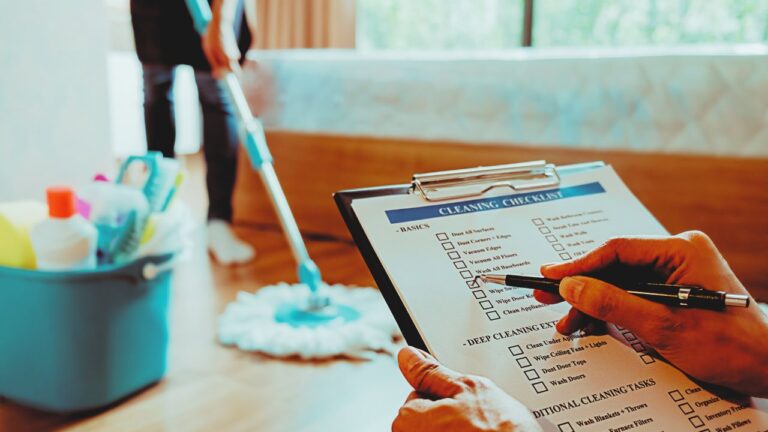
Keeping an office clean isn’t just about appearances—it’s about creating a space that fosters productivity, promotes health,…
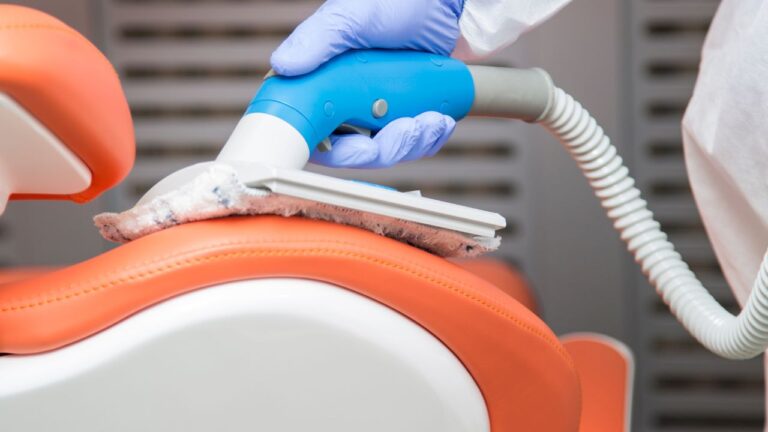
In today’s healthcare landscape, maintaining a pristine dental clinic environment is paramount. Specialized cleaning for dental clinics…
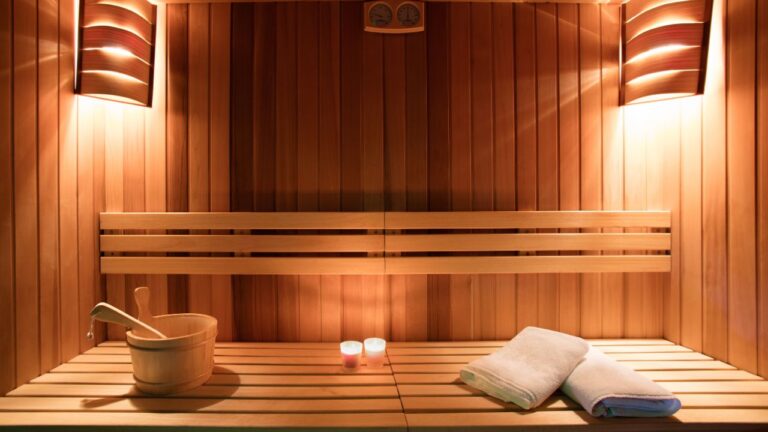
Maintaining a spotless wellness clinic is crucial for client safety and satisfaction. Following essential wellness clinic cleaning…
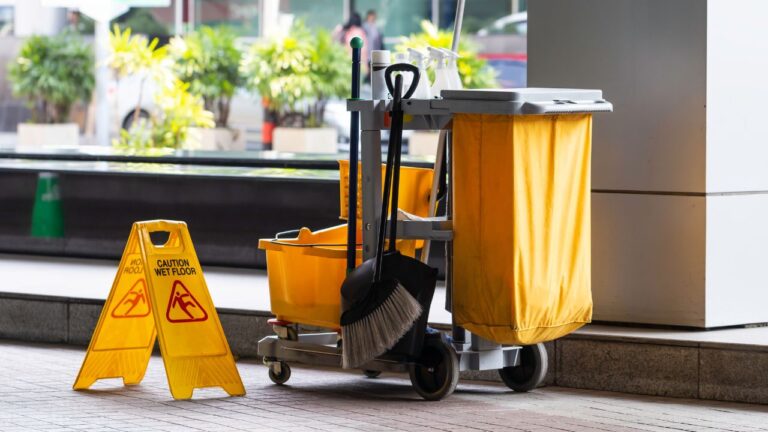
Cleanliness in the workplace is more than just about making a good impression. Utilizing company janitorial services…
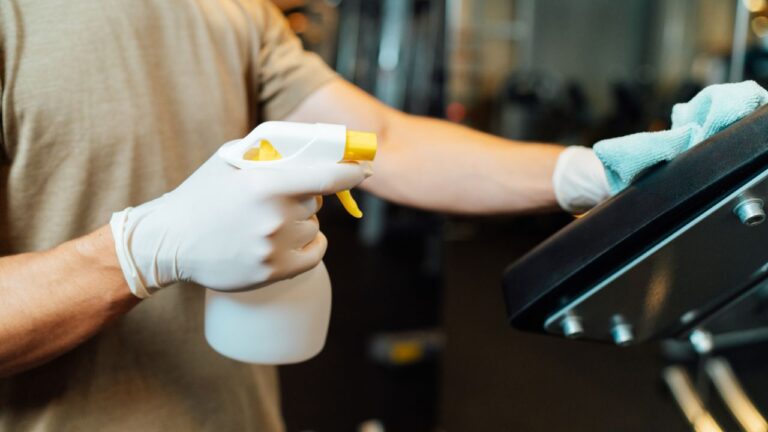
Maintaining a clean gym is essential for the health and safety of members and staff. One of…

Maintaining a clean and hygienic office environment is crucial for employee well-being and productivity. However, office buildings…
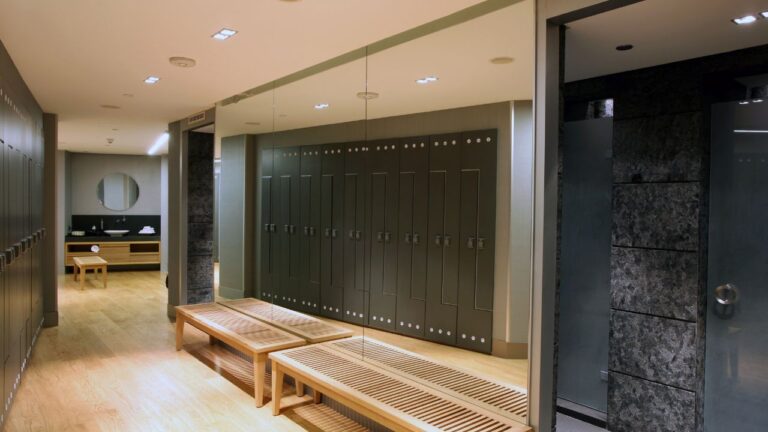
Maintaining a clean and hygienic locker room is crucial for any gym or sports facility. Following a…